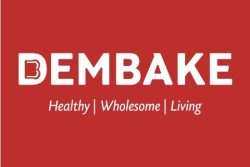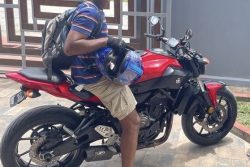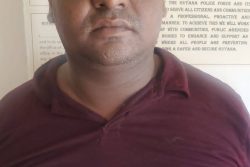NEW YORK (Reuters) – Josephine Spearman alternately fought back tears and grew defiant with anger when discussing the murder of her son, one of 11 shootings in 15 days recently that have made the neighbourhood of Brownsville, Brooklyn, one of the most dangerous in the United States.
“You can get a gun like a box of Pampers around here,” said Spearman, 57, whose 31-year-old son Maurice was shot dead on the main street in Brownsville, a volatile, predominantly black area that has failed to keep pace with New York City’s famed reduction in crime.
Brownsville for decades has been one of the city’s most dangerous neighbourhoods, and gun violence is up nearly 50 per cent this year from a historic low in 2009.
Passed over in the gentrification of Brooklyn, its people cram into low-cost public housing projects, trapped in a world of unemployment, teen pregnancy and extreme tension with the police — decades-old problems that the world’s wealthiest nation has not figured out how to solve.
The New York City Police Department, which is proud of falling citywide crime rates for eight straight years, targets “impact zones” like Brownsville with a heavy police presence made up largely of cops on their first assignment out of the academy who are supervised by veterans.
As a result, it is common to see young, mostly white officers concentrating around the entrances to the projects, often employing the tactic of “stop, question and frisk” that allows them to pat down just about anyone they deem suspicious.
In one eight-block area of Brownsville, police stopped 93 of every 100 residents versus a citywide rate of 7 per 100 residents, according to an analysis by The New York Times based on police data obtained by the New York Civil Liberties Union.
“The projects are like one big prison,” said Brownsville resident Darryl Odom, 46, who knows what real prison is like, having served 13 years for armed robbery until his release in June.
Throughout New York City in 2009, violent crime and murders hit their lowest level since comparable record-keeping began in 1963 — Brownsville included. But homicides are up 11 per cent citywide so far in 2010 versus a 22 per cent rise in Brownsville’s 73rd Precinct. Through July 25, there were 56 shootings of 69 victims in Brownsville, up 44 per cent and 47 per cent respectively from a year ago, police data show.
Mayor Michael Bloomberg says the city is doing its best to keep illegal guns out but that he needs help from the US government to counter the power of gun manufacturers and the National Rifle Association, which oppose restrictions.
Police Commissioner Ray Kelly considers the “stop, question and frisk” tactic vital. Police stopped 575,000 people last year based on the standard of reasonable suspicion, turning up 762 guns including 65 assault weapons and thousands of knives.
The New York Civil Liberties Union looks at the same numbers and sees failure.
“We have the police department acting like an occupying force,” said Donna Lieberman, the group’s executive director.
The death of ‘Nookie’
Virtually everyone in Brownsville knows somebody who has been touched by gun violence, but the July 19 death of 15-year-old Tyquan Jamison hit the neighbourhood hard. Tyquan, a well-loved kid known as ‘Nookie’, was shot in the chest while playing basketball at 3.30 am. Police say the gunman was aiming for someone else.
Hundreds of mourners lined up for hours at his viewing and funeral on Monday night, waiting for a chance to say goodbye to the boy in the open casket, many with a kiss on the forehead or tap on the shoulder. Among the mourners was his great uncle, Wilson Jamison, who sat in a wheelchair, misty-eyed.
“His grandfather, my brother, was shot dead on the street. Years later, I was shot in front of my job. Now his grandson was murdered the same way he was,” said Jamison, 49, who was paralyzed at age 30.
“Now my nephew is laying up there in a coffin and he ain’t coming back from that. Look at the people here. Look at the hearts he touched.”
Some people in Brownsville blame the hot summer for the spike in violence while others point to the economic slowdown, but nearly everyone laments a social breakdown that academics trace to the exporting of manufacturing jobs.
Teenagers are firing the guns and having the babies, and they tend to shut out instruction from authority figures. In decades past, lesser offences such as truancy and underage drinking were enforced in stable homes.
“There’s too many kids raising kids. When I was coming up, if the neighbour saw we was up to something, she’d whoop my ass. It ain’t nothing like it used to be,” said a woman who asked to be identified only as Doll because she feared reprisals from neighbours.
“The cops are scared if they’re not crooked. All our mens is locked up or dead. There’s no future. Nobody don’t care no more. There’s no love.”




